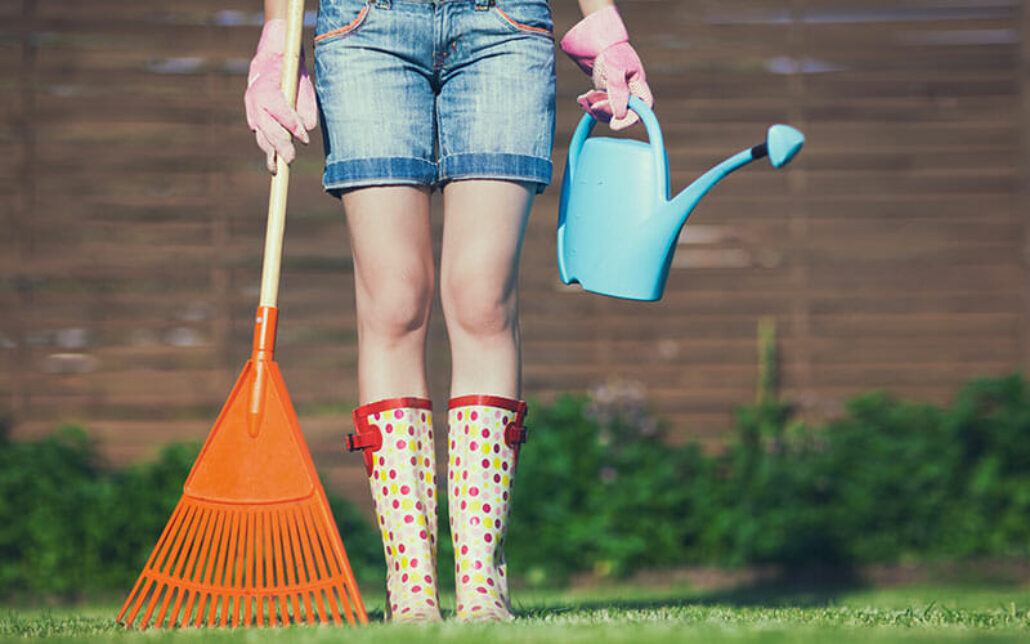At best, blisters are uncomfortable; at worst, they prevent us from engaging in the activities we love. We have tips to help keep you blister-free, and guidelines to safely treat blisters when they are unavoidable.
We all recognize the burning pain of a blister as outer layers of skin rub together, separate, and fill with fluid. Friction is the most common cause of a blister: we’ve walked or run too far, gardened too enthusiastically, or opted not to take the time to properly break in a new pair of shoes.
Unaddressed, blisters can grow larger, rupture, and become infected. There are guidelines for safely treating a blister, but it’s easier—and a lot more pleasant—to prevent them from forming. Here are our tips to keep your feet, ankles, and hands blister-free:
- Keep your skin dry. Wet, sweaty hands or feet are more prone to blister.
- Choose your socks with care. Steer clear of cotton socks—they soak up and hold sweat. Instead, choose nylon or wicking socks that help keep feet dry and pull moisture away from skin. Try wearing two pairs of thin socks to minimize friction.
- Use products to keep feet dry and reduce friction. Treat your feet with a dusting of talcum or foot powder before you pull on socks and shoes. Adhering moleskin or a soft bandage to problem areas like heels or toes can also keep blisters at bay.
- Buy shoes that fit, and break them in. Any pair of new shoes, from dress shoes to athletic shoes, can cause a blister if you wear them for too long a period of time too soon. Wear new shoes for short periods of time at first. If you feel that a part of the shoe is rubbing, use a dab of petroleum jelly or a bandage to protect the rubbed spot until your shoes feel comfortable.
- Use gloves for yard work. The rules that apply to feet also apply to hands. Keep them dry, and wear gloves to protect your hands if you are raking, shoveling, or moving heavy objects. If you feel a stinging sensation or notice that an area of your hand is turning red, take a break.
You can’t always prevent a friction blister, and you might also develop another type of blister. Minor burns and medical conditions can cause blisters, and blood blisters can develop on pinched or crushed skin.
If you have a blister, don’t drain it unless it prevents activity. The clear fluid of a friction blister will eventually be reabsorbed as new skin forms. When draining is necessary, clean your hands and the blistered skin, and then use a sterilized needle to gently puncture a spot near the blister’s edge. Treat the area with antibiotic ointment, bandage it, and keep it clean and protected as it heals. In most cases, following these guidelines will heal your blister without a problem. Should you notice increasing redness, drainage, or pain, consult your doctor.
Summit Orthopedics offers personalized foot and ankle expertise
Our fellowship-trained foot and ankle physicians understand that your mobility depends on the health of your feet and ankles. If you have suffered an injury or are experiencing symptoms that make walking painful, our team of foot and ankle specialists can help with conservative treatment, seasoned surgical teams, and expert rehabilitation support. Summit Orthopedics specialists have the expertise to evaluate your discomfort and develop a plan to quickly and safely get you back on your feet and on your way.
Start your journey to optimal foot health. Find your foot and ankle expert, request an appointment online, or call us at (651) 968–5201 to schedule a consultation.
Summit has convenient locations across the Minneapolis-St. Paul metro area, serving Minnesota and western Wisconsin. We have state-of-the-art centers for comprehensive orthopedic care in Eagan, MN, Plymouth, MN, Vadnais Heights, MN, and Woodbury, MN, as well as additional community clinics throughout the metro and southern Minnesota.
More resources for you
- Are Flip Flops Dangerous For Your Feet?
- A Simple Test For Foot Health
- What Our Footprint Reveals About Our Foot Health
- Your Feet Reflect Your Health
- Ask Dr. Anderson: Can a Ganglion Cyst Be Dangerous?
